
What is Discrimination and its Impact on Society-
In the world today, there are many forms of discrimination. From overt discrimination to subtle racism and casual sexism to more intense forms of prejudice (Caste, Religion, Community, Social status) that are harder to detect and require a certain level of awareness.
Understanding Discrimination and Social Injustice: At its core, discrimination embodies the act of unfairly treating individuals based on their race, gender, ethnicity, or other characteristics.
“Discrimination creates social injustice, by creating a spider web of consequences that can haunt individuals and communities indefinitely.”
Ekalavya’s story is a classic from the Mahabharata– Now coming to the story of Ekalavya, who was an epic example of discrimination in the history of Indian mythology. How his sacrifice made Arjun the greatest archer is what we will discuss now.
Table of Contents
An Introduction to Ekalavya-
Ekalavya was a young Tribal boy who was denied the opportunity to learn archery from Rishi Dronacharya because of his low caste as the teacher of the Royal family he was not allowed to take a student from a lower caste.
However, Ekalavya was determined to learn archery from Rishi Drona. He carved a statue of Dronacharya and practiced archery in the forest by himself. By observing RIshi Drona from a distance, he begins a disciplined program of self-study. As a result, Ekalavya becomes an archer of exceptional prowess.
Was Ekalavya a Victim of Nepotism–
Arjuna was considered one of Drona’s top students, but there was someone even better than him. Aklavya became so skilled that he surpassed even Arjuna.
When Rishi Drona found out about Ekalavya, he demanded that Ekalavya cut off his thumb as gurudakshina (teacher’s fee). Ekalavya complied without hesitation, even though it meant giving up his ability to practice archery. This sacrifice by Eklavya made him a great human being.
How justified was the demand made to Eklavya-
Considering the Facts- Ekalavya has been denied teaching because he belongs to a lower tribe. Still, his hard work and disciplined learning have made him a great archer, but instead of using his talent for good.
He was questioned and accused of something that was purely unintentional (i.e. learning from Rishi Dronacharya without his knowledge) is this a case of clear nepotism to let a prince shine by stopping a talented boy from pursuing something that can potentially be a hindrance to the prince’s success.
When Rishi Drona knew that, Ekalavya has the potential to outshine Arjun, he demanded his thumb, so he could not practice archery in his life again.
The kind and principled boy that Eklavya was, he was true to his devotion to his teacher. Ekalavya gifted his passion, hard work, and his dreams to become a great archer.
This is why despite being a tribal boy, Ekalavya still managed to make his mark in the epic story of Mahabharata having the greatest of warriors.
Is this Discrimination justified-
Correlating this story to the modern-day world, and what is happening around us, it is sorrowful to say this kind of discrimination against caste, religion, faith, and gender still exists. And a lot of innocent people like EKlavya are being subjected to injustice for various reasons. Discrimination is negatively impacting our society in many ways.
- It can lead to mental health issues like anxiety, depression, and stress disorders.
- It can lead to substance abuse among some groups.
- It can lead to violence against people who belong to certain groups
- It can lead to an increase in crime rates among some groups (especially against women).
Discrimination is harmful not only because it makes everyone less safe but also because it creates fractures within communities. Discrimination can cause individuals to experience isolation and loneliness at a time when they require support from others.
There are ways we can overcome this problem by raising awareness about how discrimination works and by working together as a society so that we can all live together peacefully together!
I’m so excited to write this blog. I’m an advocate for social justice and equality, and I’m passionate about the way we treat each other in our society.
Discrimination is a Social Injustice –
Let’s Understand the Impact of discrimination on society and try to focus on some Strategies for Change.
I. The Prevalence of Discrimination in Society-
The prevalence of discrimination in society varies depending on the country or region. However, it is a widespread problem that affects people of all backgrounds.
Some examples of discrimination-
- A person is denied a loan because of their race.
- A person is harassed or assaulted because of their sexual orientation.
- A person is denied a service because of their disability.
- A woman has been harassed and molested by the public because of communal differences.
The Significance of Addressing Discrimination-

Discrimination is a serious problem that can have a devastating impact on people’s lives. It is important to be aware of the problem and to take steps to combat it.
There are a number of things that can be done to combat discrimination. These include raising awareness of the problem, educating people about their rights, and passing laws that protect people from discrimination.
II. Historical Perspective of Discrimination-
Discrimination not only deprived individuals of opportunities but also shaped societal norms that persisted for centuries.
Discrimination Through the Ages-
One such example is discrimination was evident through the exclusion of women from participating in the Olympic Games. The prevailing belief that women were physically inferior led to their absence from these prestigious events.
Landmark Events in the Fight Against Discrimination-
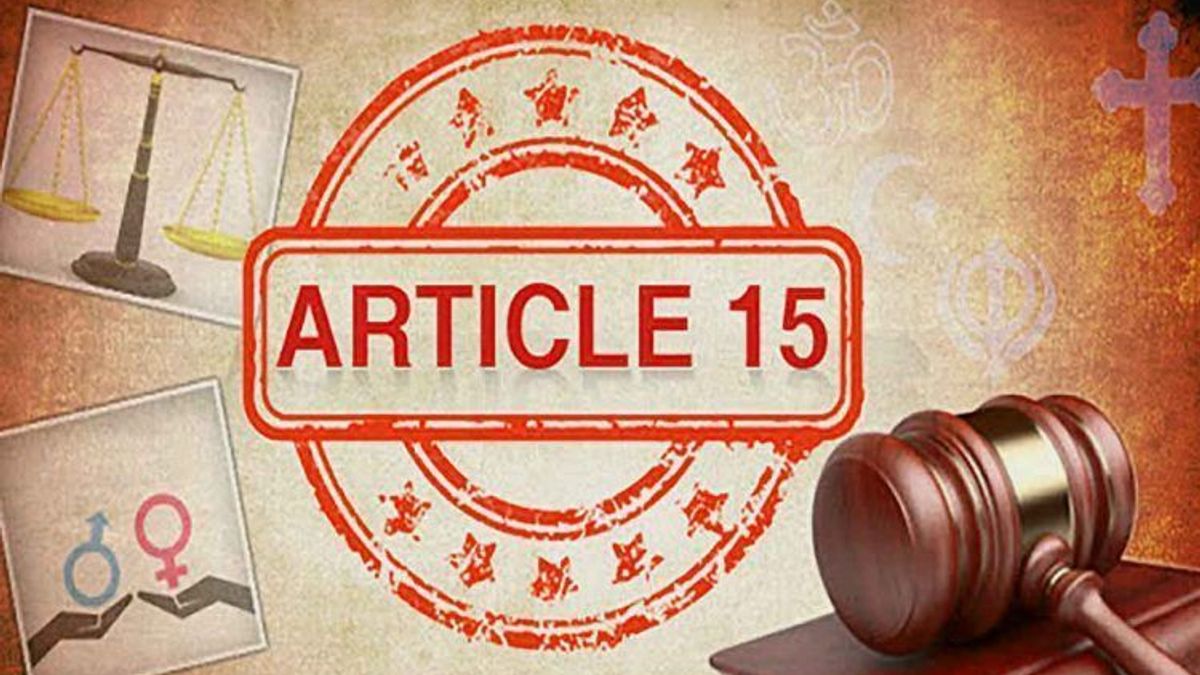
A momentous stride in India’s journey toward equality, the Abolition of Untouchability in 1950 was a crucial step in dismantling the deeply ingrained caste-based discrimination.
The Indian Constitution officially recognized the social injustice of untouchability and prohibited its practice, paving the way for social reform and the empowerment of marginalized communities.
III. Types of Discrimination
1. Racial Discrimination
- Racial discrimination involves unjust treatment or prejudice directed at individuals based on their race or ethnicity.
- It manifests through biased attitudes, unequal opportunities, and systemic disparities, perpetuating social inequalities.
- This harmful practice undermines human dignity and hinders societal progress, necessitating efforts for its eradication.
The Roots and Manifestations of Racial Discrimination-
- Historical prejudices- some age-old belief systems and categorization of people. Everyone should do the designated work and nothing else shall be changed on that front.
- Societal power dynamics- More inclusivity will change the power dynamics of society, which is a great cause why many people are against equality.
- Fear of the unfamiliar- It is also a matter of fear of changes. As the human mind tends to stick to its comfort zone, the fear of change brings fear. e.g. what will women do if they get the freedom to choose their life, if black people get educated, who will serve the rich?, if the minority is getting reservations will it be justified for the position?
2. Gender Discrimination-
A woman is denied a job because she is pregnant. This is discrimination on the basis of gender, as the woman is being treated differently because of her pregnancy.
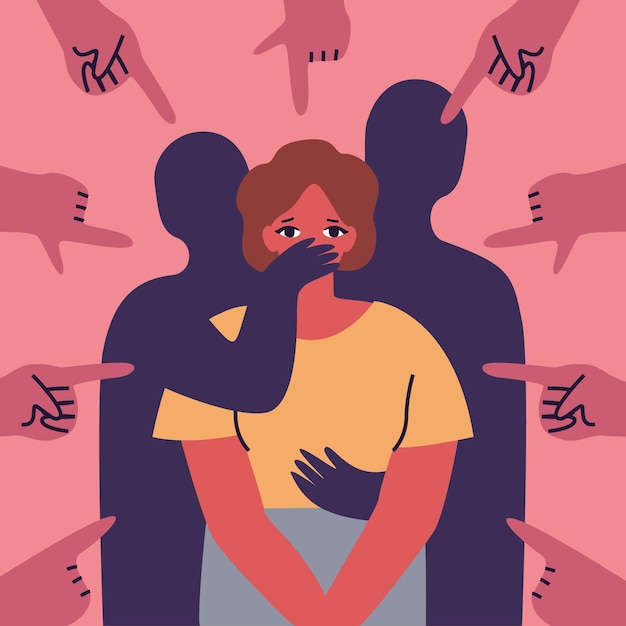
How she shall act on it-
- The woman could file a complaint with the Equal Employment Opportunity Commission (EEOC). The EEOC is a federal agency that enforces laws against discrimination in employment.
- The woman could contact a lawyer who specializes in employment law. The lawyer could help her file a lawsuit against the employer.
- The woman could try to negotiate a settlement with the employer. This could involve the employer agreeing to pay the woman back pay, damages, or both.
- The woman could contact her union if she is a member. The union could help her file a grievance against the employer.
The best solution for the woman will depend on the specific circumstances of her case. However, all of the solutions listed above could help her to get justice and hold the employer accountable for their discrimination.
3. Intersectionality: Understanding Overlapping Discrimination

Discrimination Based on Sexual Orientation and Gender Identity- Discrimination targeting sexual orientation and gender identity is a distressing reality.
LGBTQ+ individuals often face bias, exclusion, and even violence due to their non-conforming identities.
Advocacy and Legal Progress–
The decriminalization of Section 377 was a major victory for LGBTQ+ rights in India. However, there are still some challenges that LGBTQ+ people face in India.
For example, there is no law that explicitly prohibits discrimination against LGBTQ+ people in employment, education, or housing.
4. Religious Discrimination-
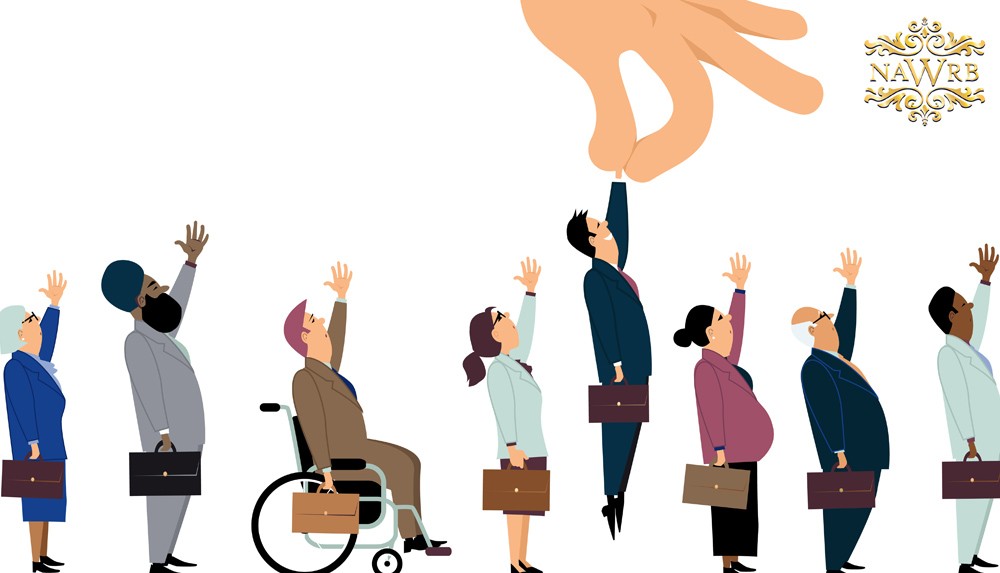
Religious discrimination is a serious problem that violates the fundamental human rights of millions of people around the world. In the current world situation, religious discrimination is on the rise.
This is due to a number of factors-
- The increasing polarization of societies
- The rise of religious extremism, and
- The spread of misinformation and hate speech.
Promoting Religious Tolerance and Understanding–
- Learn about different religions-The more you know about different religions, the less likely you are to be afraid or prejudiced against people of other faiths.
- Talk to people of different faiths-Ask them about their beliefs and practices, and share your own beliefs and practices with them.
- Be respectful of other people’s beliefs. Everyone has the right to their own beliefs
- Stand up against religious discrimination. Do not support any group or organization that supports this discrimination.
- Spread awareness to promote religious tolerance. You can support by volunteering to some NGOs supporting this cause.
5. Discrimination Against People with Disabilities-
People with disabilities are often stereotyped. They may be seen as less capable, less intelligent, or less valuable than people without disabilities.
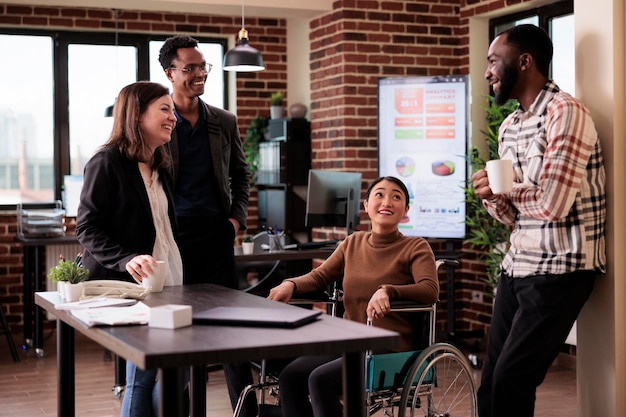
- Barriers to Inclusion and Accessibility- It can lead to social exclusion, poverty, and violence.
- Empowerment and Breaking Down Stigmas– With kindness, support, and proper guidance these individuals strive to break down barriers and demonstrate their true potential, proving that abilities and worth extend beyond any limitations.
6. The Socioeconomic Impact of Discrimination-

Discrimination can affect a person’s social and economic opportunities, such as-
A. Disparities in Education- By not getting the right to good education or grades, which impact their career.
B. Employment and Wage Inequality- Impact their financial and social status. This can make it difficult to build wealth and achieve financial security.
C. Access to Healthcare and Well-being- People Likely to experience poor health, including mental health problems, chronic diseases, and obesity. This can lead to increased healthcare costs and a lower quality of life.
IV. Psychological and Emotional Effects of Discrimination-
People who experience discrimination are more likely to feel isolated and alone. This can lead to feelings of depression, anxiety, and low self-esteem.

- Mental Health and Well-being
- Identity and Self-Worth
- Coping Mechanisms and Resilience
V. Institutions and Systemic Discrimination-
Institutional discrimination refers to discrimination that is embedded in the policies and practices of institutions, such as schools, businesses, and government agencies.
This type of discrimination can be difficult to identify because it is often unintentional. However, it can have a significant impact on the lives of people who are discriminated against.

Systemic discrimination is a broader term that refers to discrimination that is embedded in the systems and structures of society.
This type of discrimination can be intentional or unintentional, and it can take many forms. For example, systemic discrimination can manifest as disparities in access to education, housing, employment, and healthcare.
Both institutional and systemic discrimination can have a profound impact on the lives of people who are discriminated against.
They can make it difficult for people to get ahead in life, and they can contribute to feelings of isolation, anxiety, and depression.
VI. Ways to Fight against Discrimination –
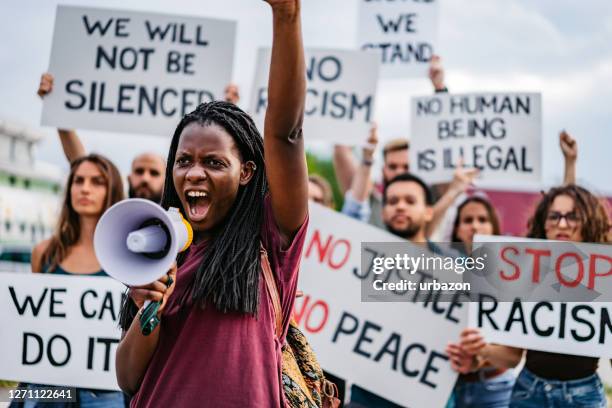
- Policies and Legislation– Timely updation and amendment of policies and legislation can help to ensure that everyone has an equal opportunity to participate in all aspects of society, regardless of their background.
- Civil Rights Acts and Their Impact– Reinforcement of Acts to end segregation, protect voting rights, and prohibit discrimination in employment, housing, and public accommodations.
- Affirmative Action and Equal Opportunity Programs– They echo through generations, affecting children who inherit the burdens of their predecessors’ pain. Breaking this cycle requires a united front and a commitment to rewriting the narrative of injustice.
- Human Rights Laws and International Efforts– Discrimination is a global issue, and it could only end with collaborative efforts and global laws.
VIII. The Role of Education in Combating Discrimination-
Discrimination and social injustice
Here are some specific ways that education can combat discrimination:
- Teaching about different cultures and perspectives: Education can help students to learn about different cultures and perspectives, which can help to break down stereotypes and promote tolerance.
- Teaching about rights and responsibilities: Education can teach students about their rights and responsibilities as citizens. This can empower students to speak out against discrimination.
- Providing a safe and inclusive environment: Schools should be creating a culture where they are not discriminated against because of their race, religion, gender, sexual orientation, or disability.
When students feel confident in their own abilities and knowledge, they are more likely to stand up for what they believe in. This can make a real difference in creating a more just and equitable society.
IX. Contribution of Media, and Social Platform-

Here are some specific ways that the media can combat discrimination:
- Report on discrimination: The accurate, fair, and balanced reporting on discrimination.
- Challenge stereotypes: The media can challenge stereotypes about different groups of people. This can help to promote tolerance and understanding. For example, the media can feature stories about people from different backgrounds who are making a positive contribution to society.
- Hold perpetrators accountable for discrimination: The media can hold perpetrators of discrimination accountable by reporting on their actions and by calling for them to be punished.
Role of Social Media-

- The Influence of Media in Shaping Perceptions- Social platforms can also play a role in combating discrimination.
- Diverse Representation and Its Significance- By providing a space for people to share their experiences and challenge stereotypes, social platforms can help to raise awareness.
- Promoting Empathy and Understanding- Social platforms can also be used to organize and mobilize people to take action against discrimination with better understanding and empathy.
X. Combating Discrimination in the Workplace-
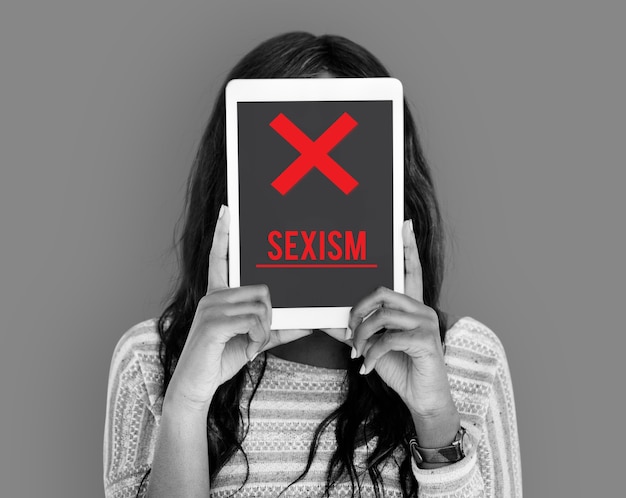
Creating Inclusive Work Environments-
- Creating a more diverse & inclusive organization: Conscious effort to recruit and hire people from different backgrounds.
- Create a culture of belonging: Creating a culture where people feel comfortable being themselves and where they are respected and valued.
- Celebrate diversity: Creating opportunities for employees to learn more about each other’s cultures and experiences.
- Listen to employees: Ask for feedback from employees about their experiences of inclusion and diversity. Use this feedback to make improvements.
By following these tips, organizations can create inclusive work environments that are beneficial for everyone.
XI. Challenging Unconscious Bias-
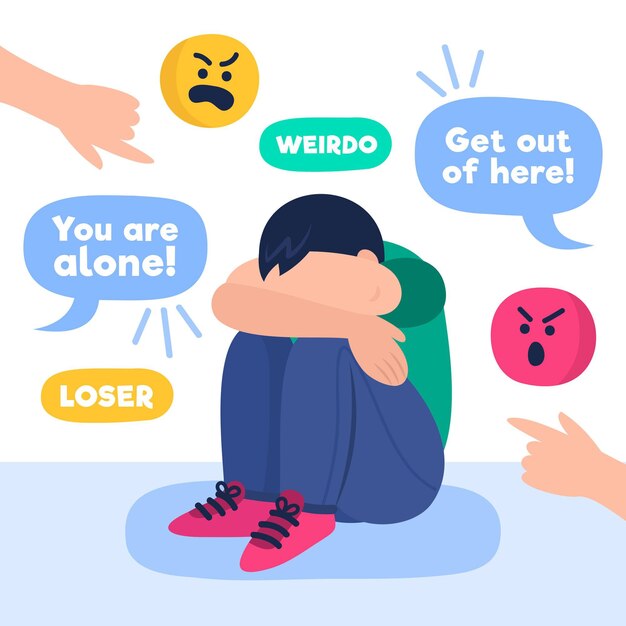
Unconscious bias is a phenomenon that causes people to make judgments about others based on their own preconceived notions.
Identifying and Addressing Implicit Bias-
- Become aware of your own biases. The first step to challenging unconscious bias is to become aware of your own biases. This can be done by taking an unconscious bias test or by reading about the different types of unconscious bias.
- Challenge your own assumptions. Ask yourself if there is any evidence to support your assumptions or if they are based on stereotypes.
- Be open to new experiences. One of the best ways to challenge unconscious bias is to be open to interacting with people from different backgrounds and cultures.
- Be willing to listen. When you hear someone express a different opinion, be willing to listen to them and try to understand their perspective.
Strategies for Overcoming Bias–
- Be patient. It takes time and effort to challenge unconscious bias. Don’t expect to change overnight.
- Be persistent. Don’t give up if you don’t see results immediately. Keep challenging your own biases and speaking up against bias.
- Be positive. Changing the world can seem daunting, but it’s important to stay positive. Believe that you can make a difference.
XII. The Future of Combating Discrimination-

Progress and Positive Changes-
- The increasing diversity of the world’s population. The world is becoming more diverse, which means that people are more likely to interact with people from different backgrounds and cultures. This can help to break down stereotypes and promote understanding.
- The rise of social media. Social media can be used to spread awareness of discrimination and to mobilize people to take action against it.
- The growing legal protections against discrimination– Many countries developing and amending laws that protect people from discrimination on the basis of race, religion, gender, sexual orientation, and other factors.
- The increasing awareness of the negative consequences of discrimination– People are becoming more aware of the negative consequences of discrimination, such as its impact on mental health, physical health, and economic opportunities. This is leading to increased pressure to combat discrimination.
The Work That Still Needs to Be Done-
These trends suggest that the future of combating discrimination is bright. However, there is still work to be done. We need to continue to educate people, hold those who discriminate accountable, and create a more inclusive society for everyone.
To Conclude the topic-
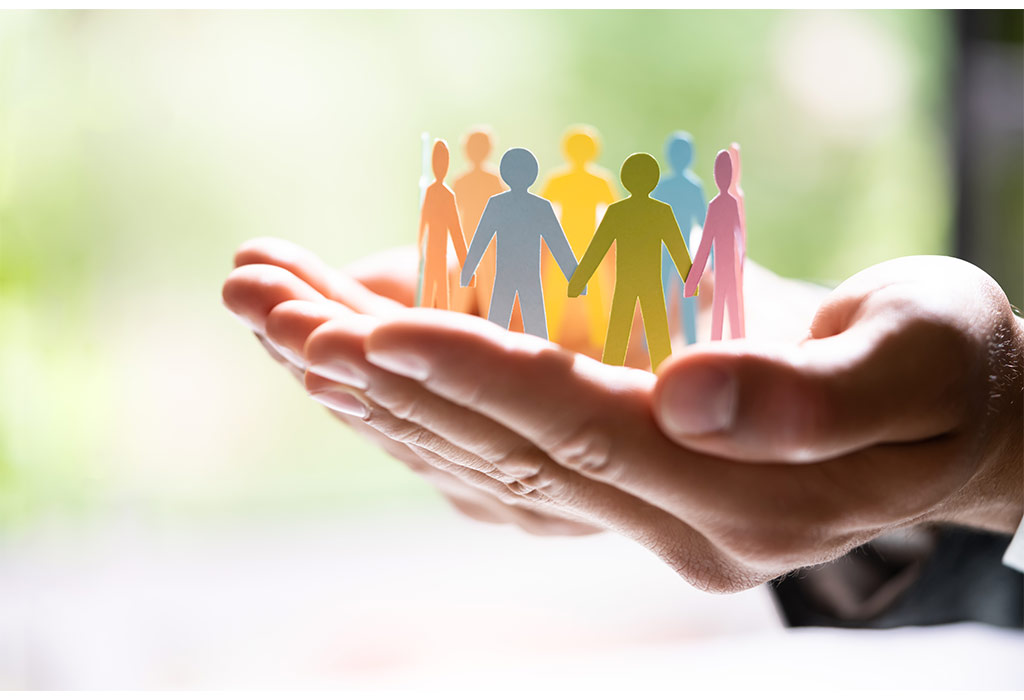
Discrimination is something that’s always been a part of our lives, but it’s gotten worse in recent years. The reason for that is due to the rise of social media and the internet.
We can’t afford to be passive when it comes to what’s happening in the world around us. We need to speak up for the people who aren’t as lucky as us or even better than us!
Discrimination is a problem that affects everyone, but it’s especially hard on people who are already marginalized. In order to overcome discrimination, we need to start with education and understanding.
We also need to find ways of communicating effectively and respectfully with our colleagues, both online and in person.
We have a responsibility to make sure that everyone has access to resources and opportunities so they can live full lives.
That’s why I’m writing this blog: because discrimination has a huge impact on our society and we need to do something about it!
Takeaway:
Discrimination creates social injustice and has consequences that can impact people’s lives forever. In order to stop discrimination, there is a requirement for a more sensitive approach than forceful laws to create a better safer society.
Frequently Asked Questions (FAQs)
How does discrimination impact mental health?
What are some strategies to combat unconscious bias in everyday life?
How can grassroots movements make a significant impact on discrimination?
What are the most critical steps toward a discrimination-free future?





1 Comment
Sreya · August 13, 2023 at 1:00 am
This is a very nice elaboration on the topic, quite interesting story of Ekalavya.